Discover exquisite colors, from warm greys to fresh greens,
all brought to life from Ginza's Willow trees.
A new tradition that embodies the spirit of Ginza's craftsmanship.
Ginza is often associated with willow trees as they have lined its wide streets for over a century. Here at Ginza Motoji, we want to capture this essence of Ginza using famous trees our neighborhood as the dyestuff for our kimonos.
In the early summer, the boughs of the willow trees are blessed with plentiful leaves, which we prune and ship to makers all over Japan. After some time, bolts of beautifully dyed fabrics and woven works of art are returned to Ginza Motoji.
The story of how Ginza's willow dying began goes all the way back to 1993 when the Store was originally on Ginza's Willow street. One day in early spring, Ginza Motoji founder, Koumei Motoji looked up at the sky and saw the branches of the willow tree swaying back and forth in the gentle breeze. He noted the first buds appearing on the branches. Not yet green, though no longer yellow. It struck a chord with him and he wondered to himself what a beautiful sparkle of life this willow had.
Due to having extensive experience handling kimono made from plant dyes from all over Japan, Motoji wondered if it was also possible to use Ginza’s famous willows to dye kimono and obi. After finding out that the trees are seasonally trimmed by Chuo Ward Council, he contact them and asked for the cut branches. Since then, we have been sending these precious leaves from Ginza to kimono weavers, and dyers all over the country to use in their creations. Depending on the mordant used, the season in which the leaves were collected, and the condition of the plant, the colors produced completely change from year to year.

History of Ginza & Willow
Ginza and willow trees have a long history, dating back to the Meiji Era (1874). Influenced by the tree lined avenues of European and American cities, Pine, Cherry, and maple trees were all planted along the four main streets in Ginza.
Due to the fact that Ginza was reclaimed land from the sea, the soil was waterlogged, and the trees didn’t survive long. As willow trees are hydroponic, therefore they were chosen instead to flank the streets of Ginza.
At the time, willow trees were not the usual choice for street trees, but they looked fresh and became established as Ginza's new look, and by 1884, most of the street trees in Ginza were willows.

However, twists and turns began to unfold.
In the Taisho era (1912-1926), many willow trees were removed to make way for a roadway extension, and many more were lost in the Great Kanto Earthquake.
1932, willow trees were planted again at the Ginza 4-chome Mitsukoshi-mae intersection, but were destroyed in the Tokyo Air Raid thus leaving just about 40 willow trees in the 8-chome area. Due to food shortages after the war, It is said that many more willows were pulled out and replaced with the agricultural plots.
In 1968, 203 willows were transplanted to the Ministry of Construction's roadside tree nursery in Hino for the maintenance of Ginza-dori, and in 1984, a newspaper reported that a few Willow trees origianlly native to Ginza survived in Meguro in the south of Toyko. At the time, only three willow trees existed, and two of them were already in no condition to be transplanted, so 50 branches were cut into 150 pieces and then transplanted.

In 1986, the willow was selected as the official tree of the Chuo Ward, and the following year, a second generation willow was planted at the entrance of Taimei Elementary School. 1997, a third generation willow grew from the second willow, and was newly planted in front of the staff room. In 1998, the "Ginza Willow Dyeing Classes" began at Taimei Elementary School.
Since 1998, we have been holding "Ginza Willow Dyeing Classes" for fifth graders of Taimei Elementary School in Chuo Ward, the only elementary school in Ginza.
The classes consists of three sessions: the first session involves pruning willow trees in the schoolyard, the second session is about the history of willow trees in Ginza and how they are used to make dye, and the third session involves dyeing fabric using dyes extracted from willow trees. In the dyeing class, each student will dye three handkerchiefs and draw pictures on the fabric pre-dyed with willow dyes.

The inspiration for this project dates back to 1996 when Keita Motoji was a student of Taimei elementary, and asked his father, Koumei Motoji, "What is a kimono made of? Inspired to teach the coming generations on the making of Kimono, Motoji closed the store for two weeks to hold the "Ginza Silkworm Cultivation Exhibition". Students from Taimei Elementary School also visited the exhibition, which led to the invitation to hold the Ginza Willow Dyeing Classes. Thanks to the support of our customers which began as a way to convey the joy of Japanese dyeing culture and craftsmanship and the fact that kimonos are made with life, have now been going on for more than 20 years.
 名古屋帯
名古屋帯
 袋帯
袋帯
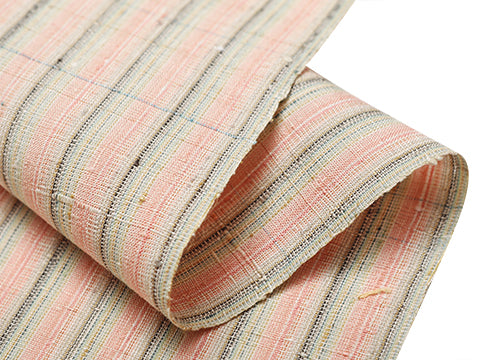 紬・綿・自然布
紬・綿・自然布
 小紋・江戸小紋
小紋・江戸小紋
 訪問着・付下げ・色無地ほか
訪問着・付下げ・色無地ほか
 浴衣・半巾帯
浴衣・半巾帯
 羽織・コート
羽織・コート
 肌着
肌着
 小物
小物
 履物
履物
 書籍
書籍
 長襦袢
長襦袢
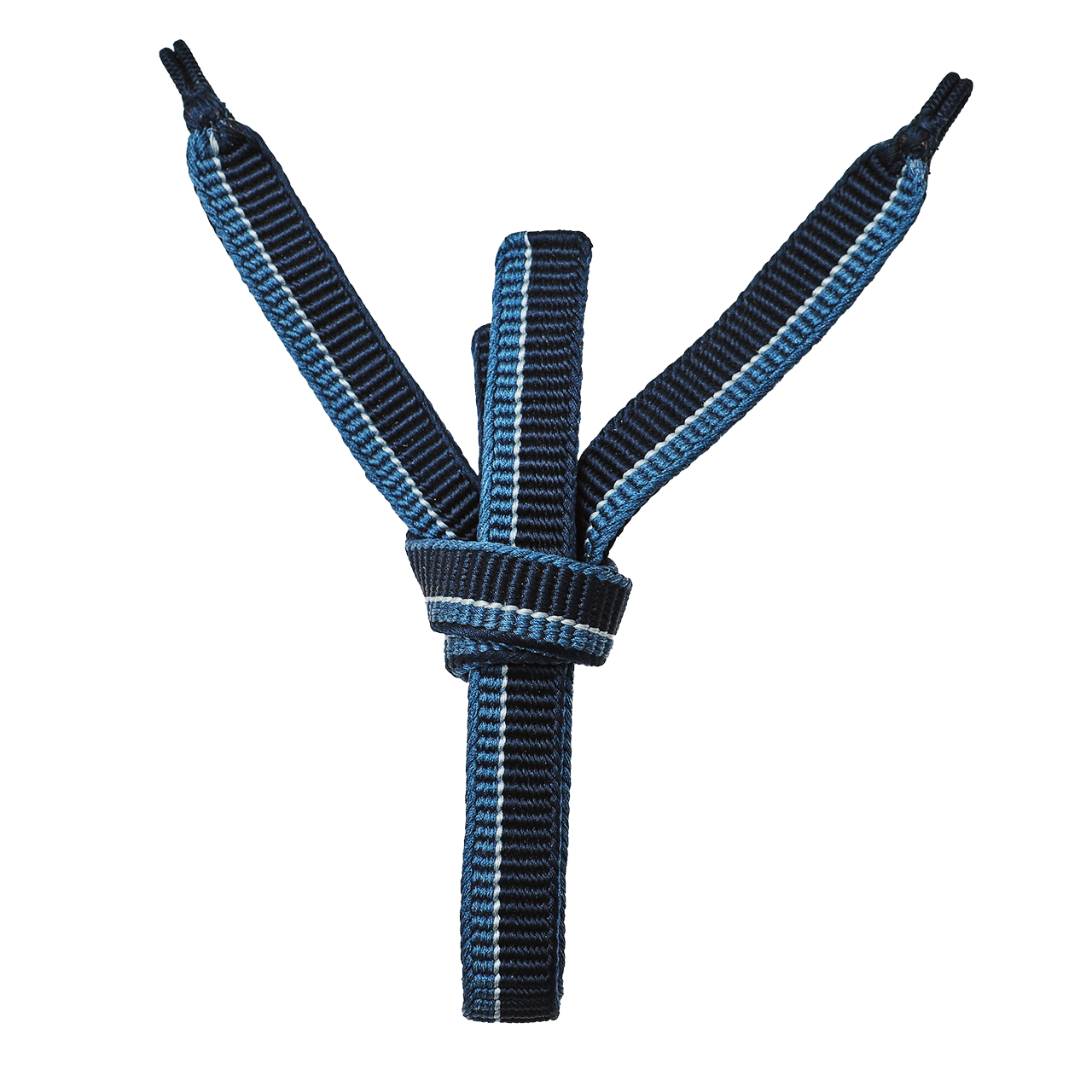 小物
小物
 帯
帯
 お召
お召
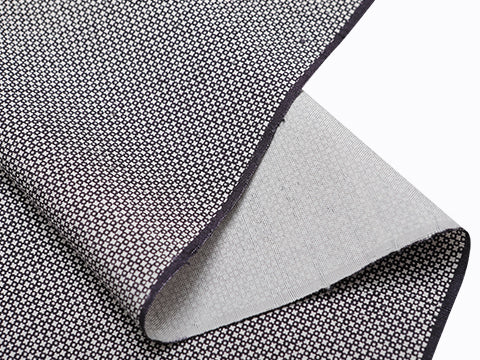 小紋・江戸小紋
小紋・江戸小紋
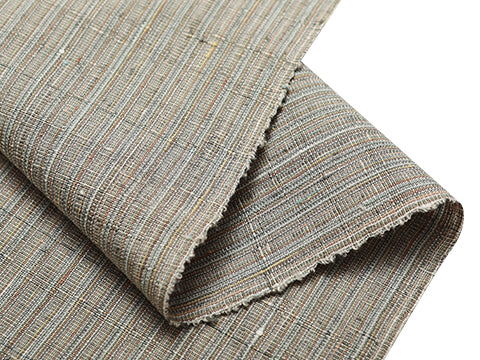 紬・綿・自然布
紬・綿・自然布
 袴
袴
 長襦袢
長襦袢
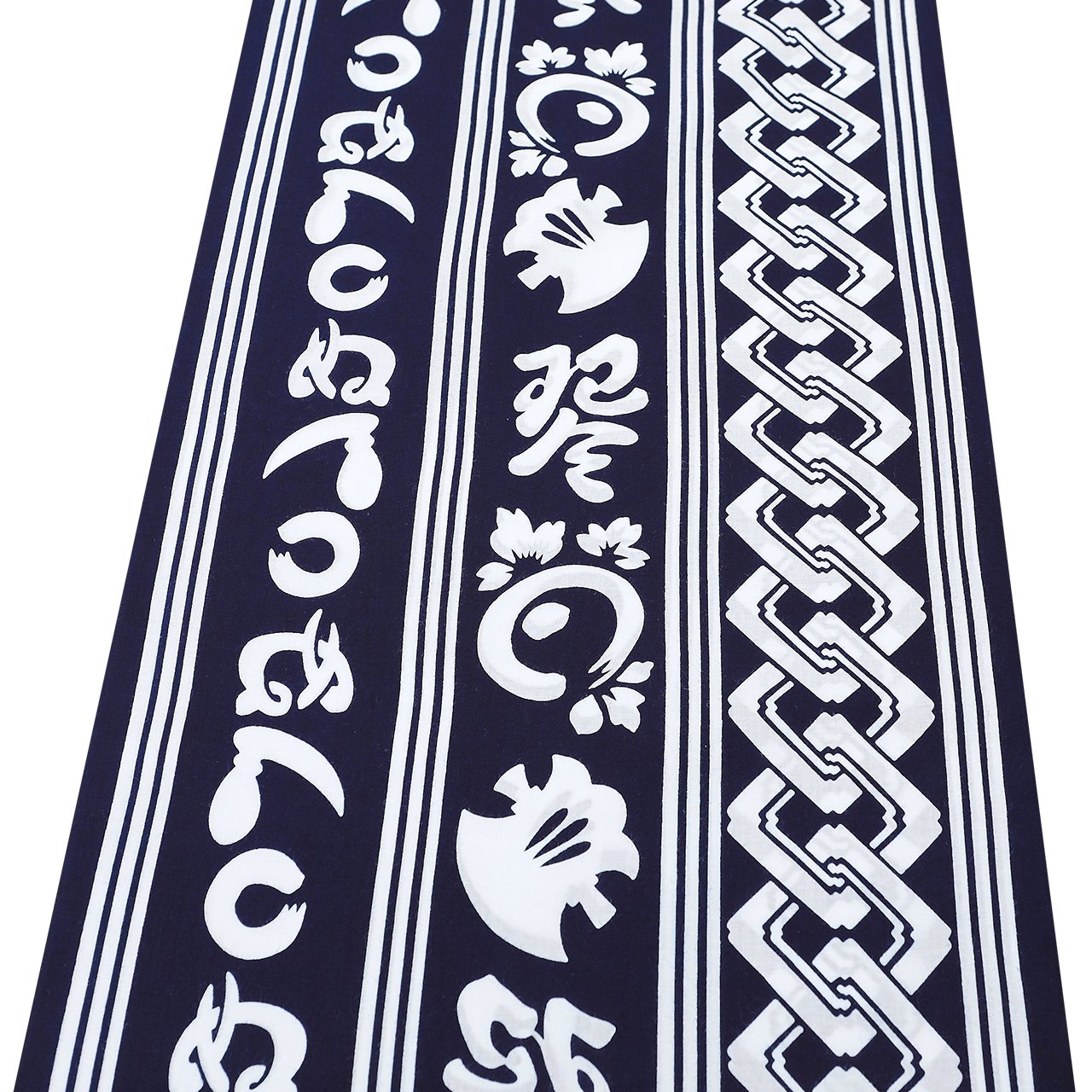 浴衣
浴衣
 羽織・コート
羽織・コート
 額裏
額裏
 肌着
肌着
 履物
履物
 紋付
紋付
 書籍
書籍
